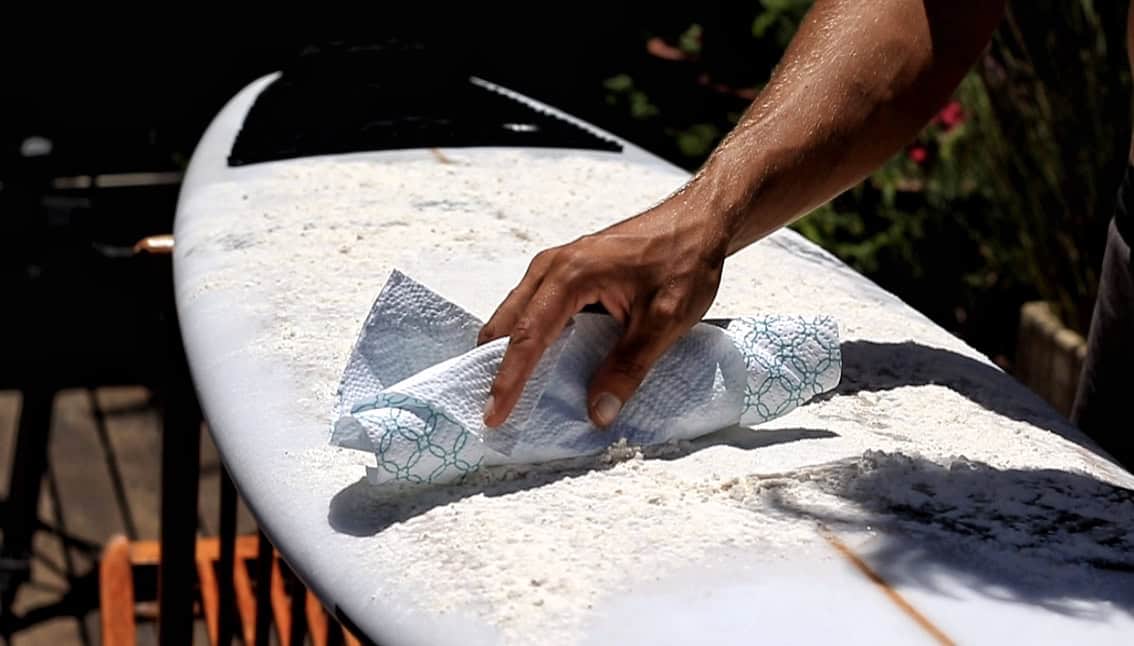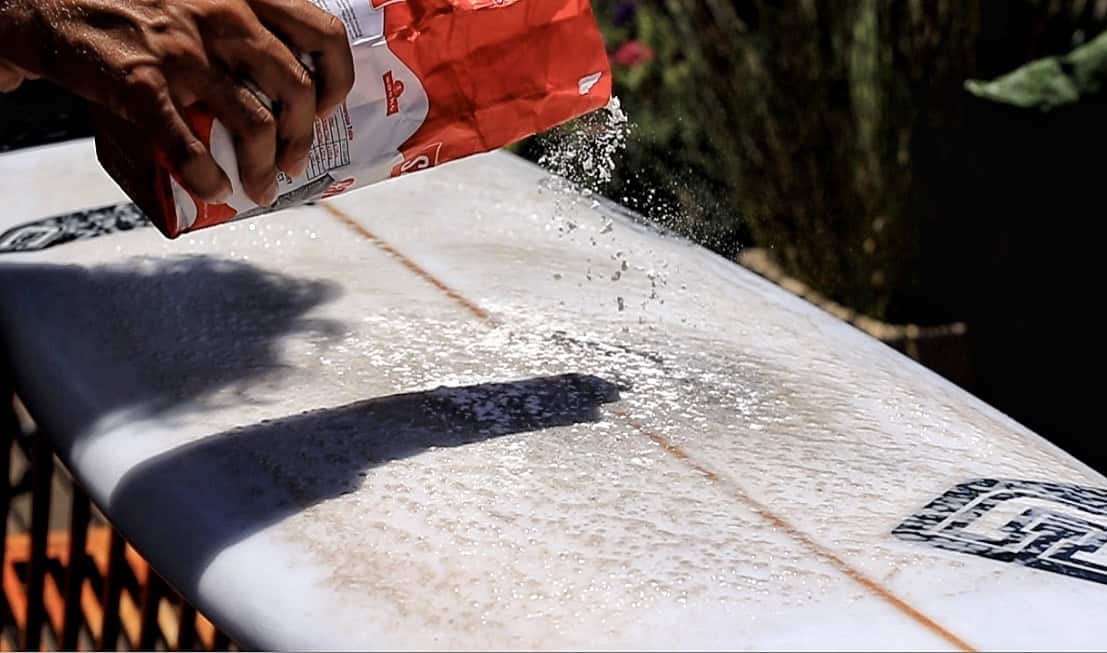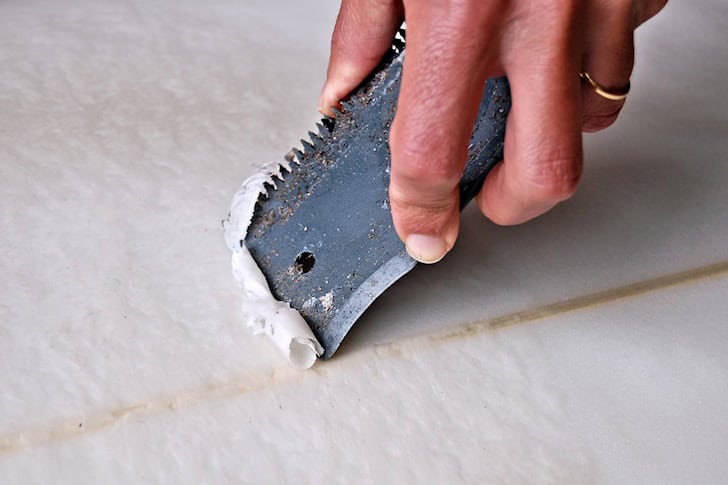How to get wax off a Surfboard? As a passionate surfer, I have come to understand the importance of maintaining my surfboard. It is not just about catching the perfect wave or showing off my skills on the water; it is also about taking care of my equipment.
One particular challenge that every surfer faces is what I like to call the “Surfer’s Dilemma.” This dilemma refers to the buildup of wax on your surfboard and its negative effects on performance and durability.
Key Takeaways
- Wax buildup on your surfboard can negatively affect your performance in the water.
- Regular board maintenance is important to prevent wax buildup and prolong the life of your board.
- Different methods to remove wax buildup include using a wax comb, hair dryer, solvents, and scraper.
- To prevent wax buildup, store your board in a cool, dry place and remove excess wax after each surf session.
- Taking care of your surfboard will not only improve your surfing experience but also save you money in the long run.
Understanding Wax Buildup on Your Board
Surfboard wax is a sticky substance that provides traction between your feet and the board, allowing you to maintain balance while riding waves. Over time, this wax can accumulate and form a thick layer on your board’s surface, making it difficult for you to grip properly during maneuvers. The buildup occurs as a result of repeated applications without removing old layers.
The Negative Effects of Wax Buildup on Your Board
The accumulation of wax can have several detrimental effects on your surfboard’s performance and longevity. Firstly, it reduces performance by decreasing traction between your feet and the board, making it harder for you to execute turns or generate speed. Secondly, wax buildup adds unnecessary weight to your board, which can slow you down in the water and make paddling more strenuous.
Furthermore, excessive wax buildup can damage your board’s surface over time. As you apply new layers without removing old ones, dirt particles get trapped in between them, creating an abrasive surface that wears down the fiberglass or foam material underneath.
Importance of Regular Board Maintenance
| Metrics | Description |
|---|---|
| Increased lifespan of board | Regular maintenance can prevent damage and extend the life of the board. |
| Improved performance | Regular maintenance can keep the board in top condition, ensuring optimal performance. |
| Reduced risk of accidents | Regular maintenance can identify and address potential safety hazards, reducing the risk of accidents. |
| Cost savings | Regular maintenance can prevent costly repairs or replacements. |
| Enhanced appearance | Regular maintenance can keep the board looking clean and new. |
To ensure optimal performance and prolong its lifespan, it is crucial to remove wax buildup from your surfboard regularly. How often you should do this depends on how frequently you use your board and how quickly wax accumulates based on factors such as water temperature.
In addition to removing excess wax buildup periodically, there are other maintenance tasks you should perform to keep your board in top condition. These include inspecting for any dings or cracks, repairing them promptly, and storing your board properly when not in use.
Different Methods to Remove Wax Buildup from Your Board
There are several methods you can use to remove wax buildup from your surfboard. Each method has its own advantages and may work better for different situations. Some common methods include using a wax comb, a hair dryer, solvents, or a scraper.
Using a Wax Comb to Remove Wax Buildup
One of the simplest and most effective ways to remove wax buildup is by using a wax comb. This small tool is designed with teeth that help scrape off the excess wax from the surface of your board.
To begin, hold the surfboard firmly and start scraping the comb against the wax in long strokes, moving from one end of the board to another. Apply enough pressure to remove the wax but be careful not to damage the board’s surface.
Using a Hair Dryer to Remove Wax Buildup
Another method that can be effective in removing stubborn wax buildup is using a hair dryer. The heat generated by the hair dryer softens the wax, making it easier to scrape off.
Start by setting your hair dryer on high heat and directing it towards one section of your surfboard where there is excessive wax buildup. Move it back and forth over that area for about 30 seconds until you notice that the wax has softened.
Using Solvents to Remove Wax Buildup
If you are dealing with particularly stubborn or old layers of built-up wax on your surfboard, using solvents can be an effective solution. There are various solvents available specifically designed for removing surfboard waxes without damaging their surfaces.
To use solvents effectively, apply them directly onto a cloth or sponge and rub them onto areas with heavy buildup until they dissolve away the wax. Be sure to follow the manufacturer’s instructions and use solvents in a well-ventilated area.
Using a Scraper to Remove Wax Buildup
For those who prefer a more hands-on approach, using a scraper can be an effective method for removing wax buildup from your surfboard. A scraper is a flat tool with a sharp edge that allows you to scrape off excess wax easily.
To use this method, hold your board securely and position the scraper at an angle against the wax buildup. Apply firm but gentle pressure as you scrape off the wax in long strokes, moving from one end of the board to another.
Tips to Prevent Wax Buildup on Your Board
While it is essential to know how to remove wax buildup from your surfboard, it is equally important to take preventive measures that minimize its occurrence in the first place.
Storing your board properly when not in use can help prevent excessive exposure to heat and sunlight, which can cause wax melting and buildup. Using a board bag provides additional protection against environmental elements and reduces contact with dirt or sand that may contribute to wax accumulation.
Regularly cleaning your surfboard after each session also helps prevent excessive build-up of dirt or sand particles that can get trapped between layers of fresh wax.
Conclusion and Final Thoughts on the Surfer’s Dilemma
In conclusion, maintaining your surfboard goes beyond just enjoying time on the waves; it ensures optimal performance and prolongs its lifespan. The surfer’s dilemma of dealing with excessive wax buildup can be overcome by regularly removing old layers of wax using various methods such as using a comb, hair dryer, solvents, or scrapers.
By understanding how these methods work and implementing preventive measures like proper storage and regular cleaning, you can keep your surfboard in top condition for many memorable sessions ahead. So next time you hit the waves, remember that taking care of your equipment is just as important as riding those perfect waves.
FAQs
What is wax buildup on a surfboard?
Wax buildup on a surfboard is the accumulation of surf wax on the surface of the board over time. This can make the board slippery and affect the performance of the surfer.
Why is it important to remove wax buildup?
Removing wax buildup is important because it can affect the performance of the board and the surfer. It can also make the board heavier and less responsive. Additionally, removing wax buildup can help extend the life of the board.
What are some methods for removing wax buildup?
There are several methods for removing wax buildup on a surfboard, including using a wax comb, a scraper, or a citrus-based solvent. Some surfers also use hot water or a hair dryer to soften the wax before removing it.
Is it necessary to remove all of the wax from the board?
No, it is not necessary to remove all of the wax from the board. Some surfers prefer to leave a thin layer of wax on the board to provide traction. However, it is important to remove any excess wax buildup that may be affecting the performance of the board.
How often should wax buildup be removed?
The frequency of wax buildup removal depends on how often the board is used and the conditions in which it is used. Some surfers remove wax buildup after every session, while others may only do it once a month or less. It is important to remove wax buildup whenever it begins to affect the performance of the board.




